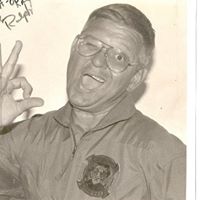What plant did Columbus find on his first new world trip?
Soon after landing with his crews in the New World on the island he names San Salvador, Christopher Columbus meets natives who offer him presents of fruit, wooden spears and “certain dried leaves which gave off a distinct fragrance.” The men eat the fruit, but throw away the leaves.
A few weeks, later, however, while exploring the island that’s now Cuba, a few of Columbus’ crew members observed more natives smoking the same herb wrapped in palm leaves. They learned from the natives that the leaves seemed to keep them from getting tired or hungry. One of the Spaniards, named Rodrigo de Jerez, tried it and liked it, and, in doing so, became the first European to smoke tobacco. He took some seeds–and his new habit–back with him to Spain.
But some of his neighbors became upset at the sight of smoke billowing around his head and reported him to authorities. The Spanish Inquisition ruled that “only the Devil could give a man the power to exhale smoke from his mouth” and sent Jerez to prison for seven years.
However, a Spanish monk named Ramon Pane, who accompanied Columbus on his second voyage across the Atlantic in 1493, also became intrigued with tobacco and wrote lengthy descriptions of how the natives used it, including smoking it in Y-shaped pipes. He took more seeds back to Spain and slowly smoking tobacco started to catch on.












